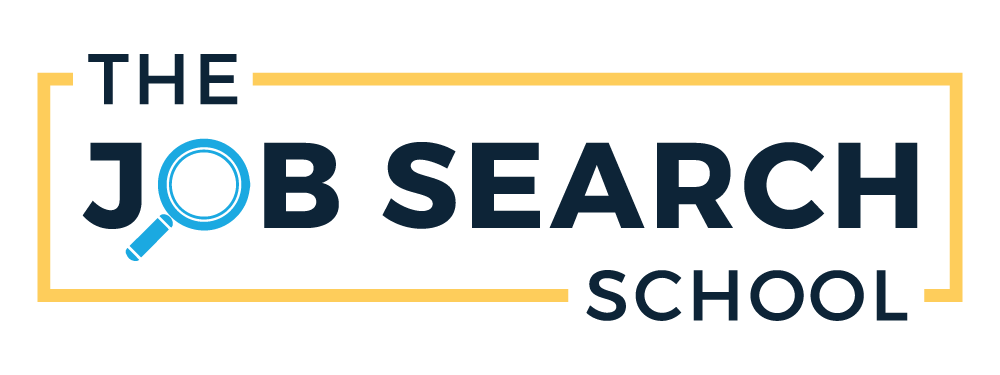Retirement isn’t what it used to be—and that’s not a bad thing. Today, more and more retirees are choosing to return to the workforce, whether out of financial necessity, a desire for purpose, or simply because they miss the structure and connection that work provides. If you’ve been retired for a couple of years and are now thinking about rejoining the professional world, you’re not alone.
The good news? You bring a wealth of experience, maturity, and reliability that many employers are looking for. The challenge? Navigating a job market that’s changed dramatically—especially if your last job was a few years (or decades) ago. But don’t worry—here’s how to make a strong, confident return to work.
Step 1: Get Clear on Why You Want to Return—and What You Want
Before jumping back in, take a moment to reflect on your goals. Are you looking for full-time work, or something part-time and flexible? Are you eager to return to your previous field, or are you looking to try something completely new?
Knowing your “why” will help you focus your search and communicate your value to employers.
💡 Tip: Write down what you want out of your next job: income, structure, social interaction, learning something new, etc. This clarity will guide your decisions.
Step 2: Update Your Resume and LinkedIn Profile
If it’s been a while since you’ve job hunted, your resume may need a serious refresh—and your LinkedIn profile might not exist at all. Both are essential in today’s job market.
Resume: Focus on your most recent and relevant experience. You don’t need to go back 20+ years—just highlight the skills and accomplishments that align with what you want to do now. If you’ve been retired for a couple of years, you can list that time as a “career break” or simply focus on the work history before that.
✔ Include any volunteering, consulting, or part-time work you’ve done during retirement—it shows initiative and keeps your timeline strong.
LinkedIn: If you don’t have one, create one. If you do, make sure it reflects your goals, strengths, and current interests. A simple, professional photo and a clear summary go a long way.
Step 3: Focus on Transferable Skills
You have more valuable skills than you probably realize. Decades of experience mean you’ve developed communication, leadership, problem-solving, and critical thinking skills that are in demand across industries.
Whether you were managing teams, coordinating schedules, teaching others, or solving customer problems, those abilities are still very much relevant today. Think of examples that showcase how you solved problems or contributed to a team—and be ready to share them in interviews.
💬 Example: “In my previous role, I led a department that improved workflow efficiency by 20%—that same ability to streamline processes is something I can bring to your team.”
Step 4: Address the Gap With Confidence
You don’t need to apologize for retiring. Many employers understand that people are returning to the workforce for all kinds of reasons. If asked about your career gap, keep it simple, confident, and positive.
🎤 Sample answer:
“I took a planned retirement to recharge and explore some personal interests, but now I’m excited to return to work and contribute my skills again. I’m refreshed, focused, and ready to bring my experience back into the workplace.”
Step 5: Start With a Targeted Job Search
Job boards are fine, but many retirees find success through more personal routes—like referrals, community connections, and strategic networking.
Tap your network: Reach out to former colleagues or industry contacts. Let them know you’re reentering the workforce.
Check with local employers: Many companies are actively seeking mature workers for roles that require reliability and strong interpersonal skills.
Look into programs: Some organizations offer “returnship” programs designed specifically for professionals reentering the workforce after a career break.
🏢 Industries to explore:
Customer service, healthcare administration, bookkeeping, education support, nonprofit roles, and office coordination—all are friendly to experienced professionals looking for part-time or flexible work.
Step 6: Be Open to Learning New Tools
Technology may feel like the biggest hurdle—but don’t let that stop you. You don’t need to become a tech expert overnight. Most workplaces will train you, especially if you show willingness to learn.
Take a refresher course in Microsoft Office, Google Workspace, or customer service software.
Ask for help from family, friends, or local libraries offering digital literacy programs.
The key is showing that you’re open, adaptable, and not afraid of learning new things.
Step 7: Practice for Interviews With Today’s Standards
If it’s been a while since you last interviewed, things have changed a bit. Be ready for:
Virtual interviews (Zoom or Microsoft Teams)
Behavioral interview questions (“Tell me about a time when…”)
Questions about teamwork, adaptability, and problem-solving
💡 Tip: Practice answers out loud and consider doing a mock interview with a friend or coach.
Step 8: Know Your Worth—but Be Flexible
You bring value—but be realistic about compensation, especially if you’re looking for part-time or entry-level reentry positions. The first step back into the workforce may not check every box—but it can lead to better opportunities over time.
Remember, flexibility is one of your superpowers now. Use it to your advantage.
Final Thoughts
Returning to the workforce after retirement isn’t always easy—but it’s absolutely doable. I’ve worked with many retirees who worried no one would take them seriously after a break. But once we updated their resumes, refreshed their mindset, and helped them tap into the right opportunities, they were getting interviews—and offers.
You don’t need to be 25 or tech-native to land a great job in 2025. You just need a strategy, a little support, and the confidence to own your experience.
And let me leave you with this quote from George Eliot:
“It is never too late to be what you might have been.”
Whether you’re coming back to work out of necessity or simply because you miss being part of something bigger—this is your time. You’ve got more to offer than ever. Let’s get you back out there.


